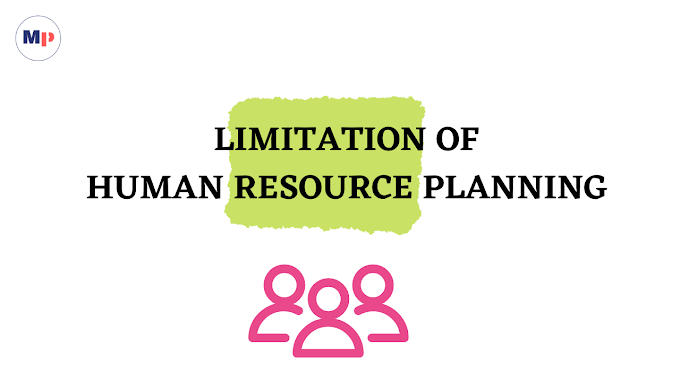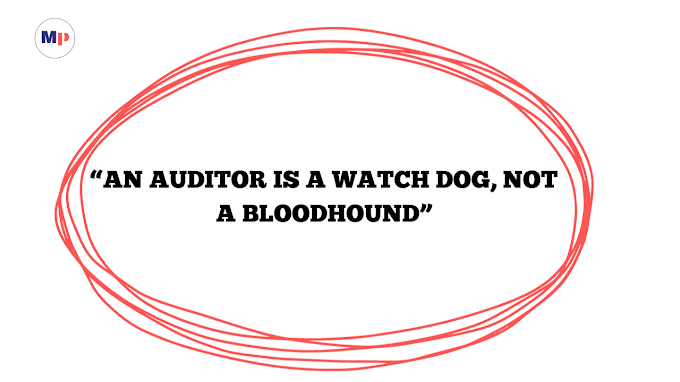MEANING AND DEFINITION OF LINE ORGANISATION
This is the oldest form of organization. It refers to a direct chain of command from top to bottom. This chain of command defines the line of communication. In this form of organisation, all the lines are with the top officers. Junior Officers get orders from their seniors. In other words, the orders and directions are in the form of a line, in a line organisation.
"Line organisation is characterised by direct line of efforts flowing from top to the bottom of the organisational hierarchy and lines of responsibility flowing In an opposite but equal direct manner.'
Prof. James L. Lundy,
"Line organisation is the chain of command that extends from the Board of Directors through the various delegations and re-delegations of authority and responsibility to the point where the primary activities of the company are performed."
Louis A. Allen,
"Line organisation is one in which the superiors have full authority over their subordinates subject only to the terms of the contract that bind the employees to the organisation.'
Prof. Raymond Viller
TYPES OF LINE ORGANISATION
Line organisation is of two types:
(A) Pure line organization and
(B) Departmental line organisation.
A brief description of these forms of line organisation is as under-
(A) PURE LINE ORGANISATION
In this type of organisation, activities at a particular level are similar. employee performs similar tasks and every group of activities consists Every a separate unit. Classification of activities is made only from the point of view of management and supervision. All the employees from top to bottom perform similar types of activities. This form of organization is found rarely because it is very difficult to find an industry in which all the employees perform the same activities.
(B) DEPARTMENTAL LINE ORGANISATION
In this form of line organisation, the enterprise is divided into different departments. Every department works under a superintendent and all the superintendents work under the supervision and control of the General Manager, Control, and supervision of these superintendents is linger.
RELATED TOPIC
Characteristics of Human Resource Management
Objective of Human Resource Management
Scope of Human Resource Management





